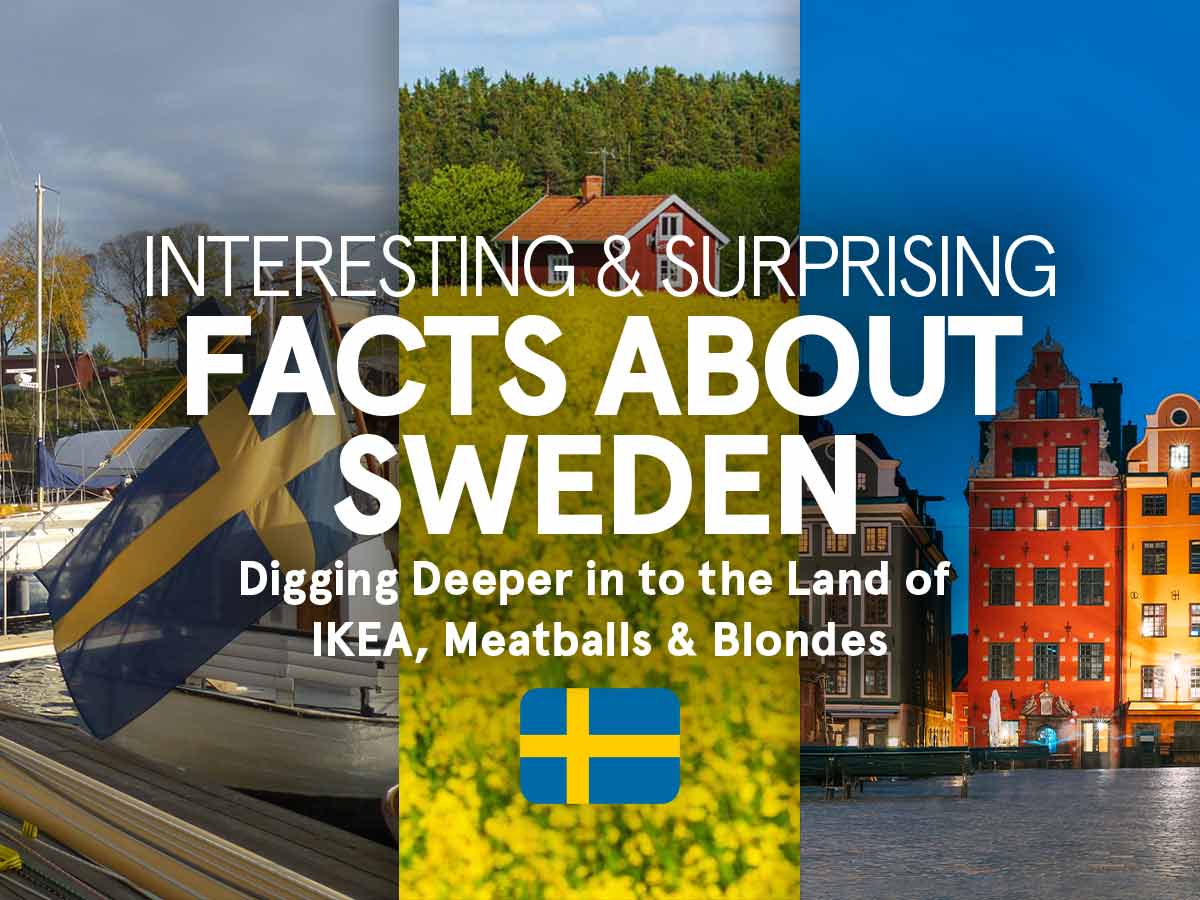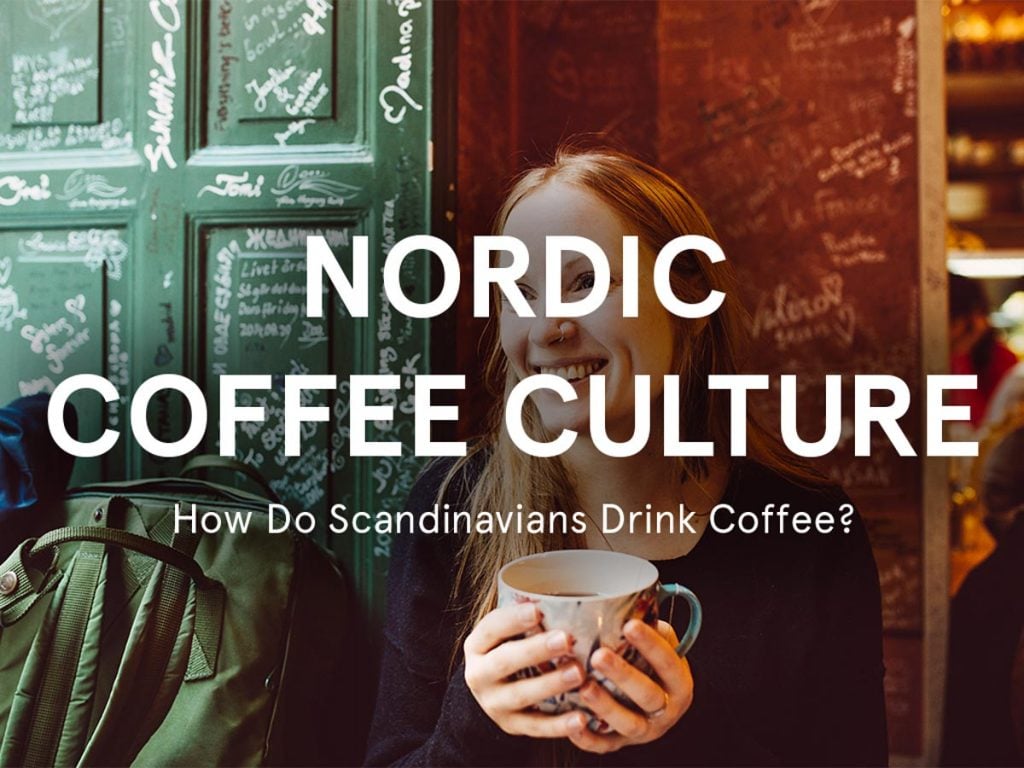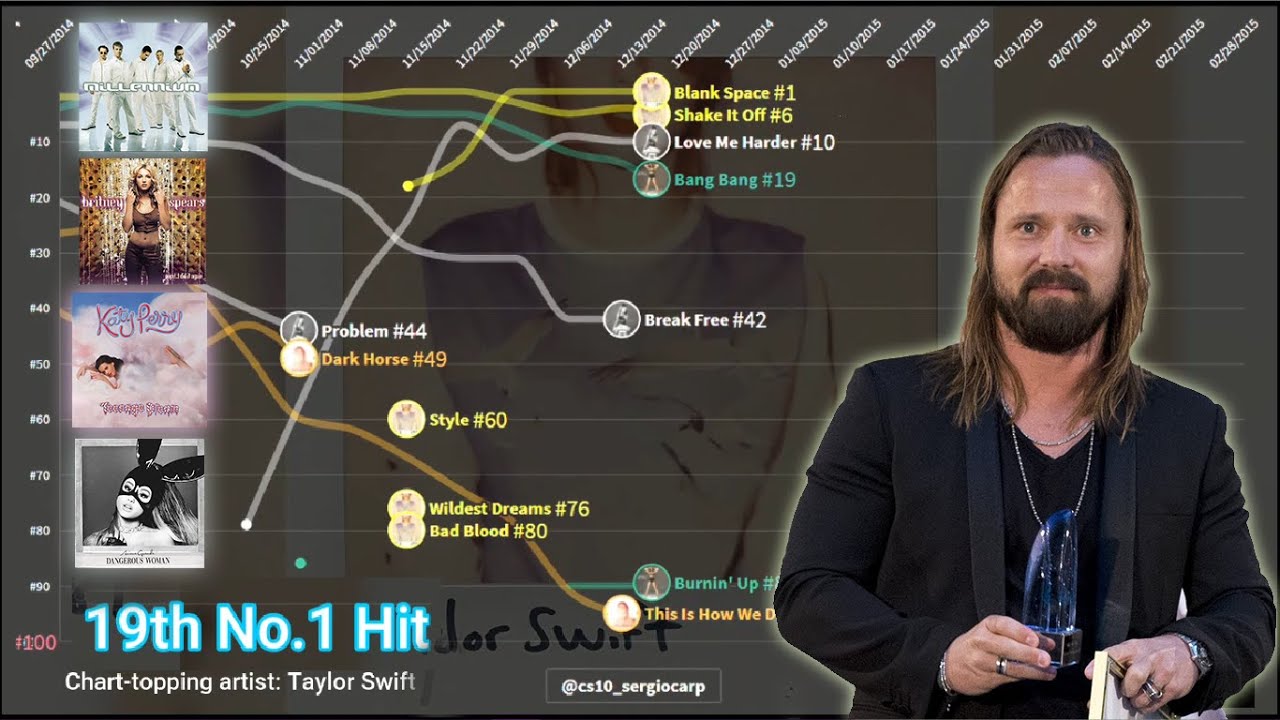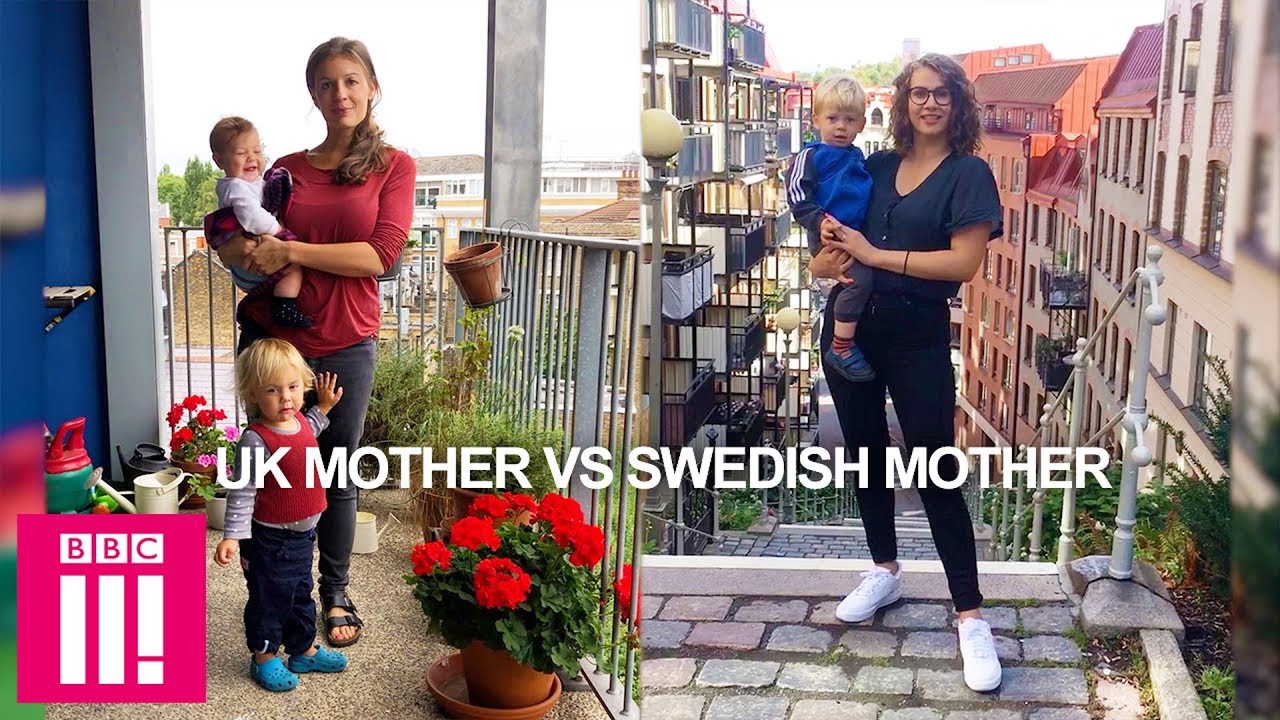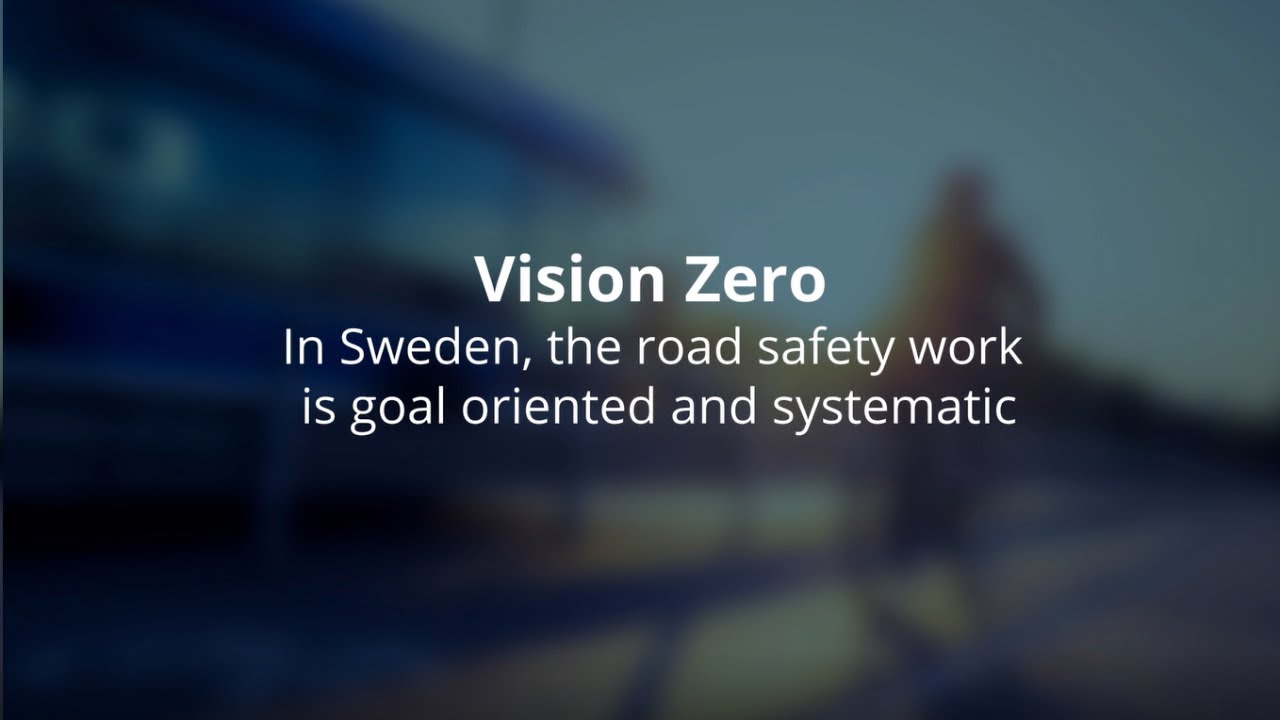For whatever reason, people seem to love spitting facts and data about Sweden (I’m looking at you US politicians!). So welcome, curious seekers of knowledge & fun facts about Sweden, straight from the source (a Swede)! While we might be known for our peculiar way of life, a very blonde and blue-eyed population, our spicy Viking history, or a bunch of modern-day innovations, it turns out we have a lot more to offer than just meatballs, ABBA, and flat-pack furniture!
When my American better half first learned about Sweden and later moved here too, she was blown away by some of the differences between the two countries, and specifically some of the uniquely Swedish ways she encountered.
So, to help anyone who wants to dive deeper into the lesser-known corners of Swedish culture, here is an extensive list of some uniquely Swedish facts and stats that might surprise you, and challenge (or confirm) your perceptions of Swedes in general.
🧐 I’ve included specific sources to any statistical claims or similar I make in this article, so that you can dig deeper if you should feel the urge to do so.
- Swedes Drink the 3rd Most Coffee in the World Per Capita
- Over 54% of Sweden's Energy is from Renewables
- Sweden is the World's 3rd Largest Music Exporter
- Sweden is Almost Cash-Free: Just 1% of GDP Circulates as Cash
- 95% of Swedes are Connected to the Internet
- 69% of Sweden is Covered in Trees
- 98.4% of Swedish Household Waste is Recycled
- Swedes Average 9.2 Library Visits Per Year
- Women Hold Nearly 47% of Swedish Parliamentary Seats
- Swedes File the 2nd Most Patents in the World (Per Million Inhabitants)
- 1 in 10 Swedes is a Vegetarian or Vegan
- Sweden Ranks 5th in Corruption Perceptions Globally
- Sweden is the Home of the World's First Ice Hotel
- Swedish Children Turn into Witches for Treats For Easter
- Swedish Fathers Take 25% of Parental Leave
- Sweden is the Home of 350 000-400 000 Moose
- Swedish 'Beware of Moose' Signs are a Hot Commodity
- Swedes' Right to Coffee Breaks Is Protected By Law
- 60% of Swedish Households Have Fiber-Optic Internet
- Midsummer is the Biggest Swedish Holiday and is Celebrated Hard
- Swedish Kids Have Mandatory Coding in School
- Swedes are Losing Faith in Religion at an Increasing Rate
- 52% of Swedish Households are Single-Person
- The Swedish Allemansrätt Means You Can Hike and Camp Almost Anywhere Legally
- Swedes Can Pick Wild Fruits & Mushrooms Freely
- All Swedes Get at Least 5 Weeks of Paid Vacation a Year
- Roughly 20% of Sweden's Police Stations Close in Summers Since Everyone is on Vacation
- Products Bought in Sweden Have at least 1 Year Warranty
- Tax Season is Ridiculously Easy for Swedes
- Taxes are Generally 50-70% of Your Income in Sweden
- Companies Must Lay Off Employees in First-in-last-out Order When Downsizing
- You Can Take Sick Leave During Your Vacation if You Are Ill
- The Stockholm Sun Rises at 3:30 am in the Summer
- The Stockholm Sun Sets at 3:30 pm in the Winter
- Swedish Christmas is Celebrated on Dec 24th
- Swedish University Students Must Pay Student Union Fees, But Not Tuition
- All Swedish Students Get a Study Grant and Have Access to Near 0% Interest Student Loans
- American Textbooks Are Cheaper in Sweden Than in the US
- Swedish Parents Get 13 Months of Paid Parental Leave (Minimum 1 month for the Dad)
- Parental Leave for Swedes Can Be Used to Take Off Time for Parenting Classes
- Parents Can Save Their Parental Leave for Up To 5 Years
- Daycare Cost is Based on Your Family Income with a Maximum Ceiling (Currently 10% of the US Cost)
- If You Have a New Child, Your Other Child(ren) Get a Month of Free Daycare
- Sweden Has Only Two Road Accident Deaths per Million Inhabitants
- The Swedish Government Shut Down All Nuclear Power in 90s for "Environmental" Reasons
- 95% of Swedes Speak and Understand English Very Well
- St. Lucia is a Nationally Celebrated Saint in Secular Sweden
Swedes Drink the 3rd Most Coffee in the World Per Capita
Est. Avg. Coffee Consumption Per Capita 2020 (in kg)
Source: Statista Consumer Market Outlook 2020
In Sweden, we don’t just drink coffee; we practically inhale it at an impressive rate of 7.6 kg per person annually, which ranks Swedes as the 3rd biggest coffee consumers in the world as per data from Statista Consumer Market Outlook 2020.
Our caffeine-fueled lifestyle is epitomized by the Swedish fika – a sacred coffee ritual where everything from gossip to global strategies is discussed. It’s a social cornerstone where silence is rare, and the coffee is strong enough to jump-start a truck.
This is evident in a 2020 poll by OKQ8 which shows that 86% of 18 to 79-year-old Swedes drink coffee, with 61% drinking multiple cups per day. This is corroborated in a separate 2018 poll by Löfbergs Lila which saw 82% of Swedes claiming to be coffee drinkers.
So everyone drinks coffee in Sweden, but how many cups does. itall add up to? Statistics coming from Finland’s Coffee & Roaster’s Association (Kahvi- ja paahtimoyhdistys) in 2018 show that Swedes drink 3.2 cups daily, which places us right behind the even more coffee-crazed Finns.
Average number of cups of coffee consumed per day in the Nordics
Source: Finnish Coffee Roaster Association 2018
But in the end, ‘Fika’ is not just about the coffee, though; it’s about the pause, the camaraderie, and yes, the occasional cinnamon bun indulgence. If coffee drinking were an Olympic sport, we’d be gold medalists, no doubt. (You’ll find more on Fika further down)
Source: Visit Sweden, 2022
Over 54% of Sweden’s Energy is from Renewables

Although Swedes do love strutting around on a high horse, the Swedish green energy movement isn’t just about bragging rights at environmental conferences; we really love keeping our air and water as clean and fresh as our surströmming is disgusting to most people.
From hydroelectric power to wind turbines that look like modern art installations, we’re all in on this eco-friendly energy bandwagon.
And it’s not just talk either, with over 54% of Swedish energy coming from renewable sources.
Source: Swedish Energy Agency, 2020
Sweden is the World’s 3rd Largest Music Exporter

Sweden is not only the land of eternal winter, it’s also the land of eternal pop hits.
This little country of only 10 million inhabitants is believe it or not the third-largest exporter of pop music in the world, after the US (which for comparison is a country of 332 million) and the UK (67 million).
And the perfect example of the Swedish music export phenomenon is definitely Max Martin, who has written and produced massive hits for some of the biggest artists in the world, including Taylor Swift, Katy Perry, Britney Spears, and Justin Bieber.
Check out the video above for some examples of the many hits he has written and produced, it’ll blow your mind!
Here are the top 5 biggest selling music acts from Sweden if you’re curious:
- ABBA – 500 million+
- Roxette – 75 million+
- Ace of Base – 50 million+
- Zara Larsson – 35 million+
- Avicii – 30 million+
Source: International Federation of the Phonographic Industry (IFPI), 2023, European Union, 2023
Sweden is Almost Cash-Free: Just 1% of GDP Circulates as Cash
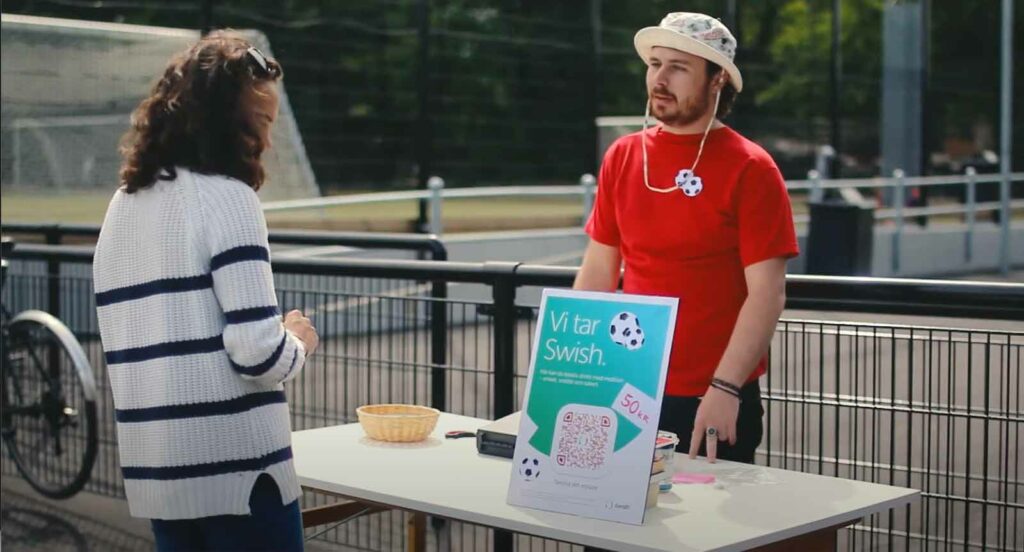
Finding cash in Sweden is like finding a Viking helmet at a fashion show – rare and a bit outdated. Only about 1% of our GDP is in cash, meaning the Swedes have embraced digital payments.
And if you’ve been here this won’t come as a surprise, as when you walk into a shop or restaurant in Sweden you’re bound to be met with signs saying “Card & Digital Payments Only”.
This shift has been facilitated by widespread digital infrastructure and a general societal trust in electronic transactions in general, which certainly isn’t the case everywhere in the world.
As an example, every Swede with a bank account has free access to the digital payment system “Swish”, which can be used to pay in stores as well as to other private individuals (this comes in handy when splitting bills in restaurants or paying for secondhand stuff at a loppis, yard sale).
Source: Sveriges Riksbank, 2022
95% of Swedes are Connected to the Internet
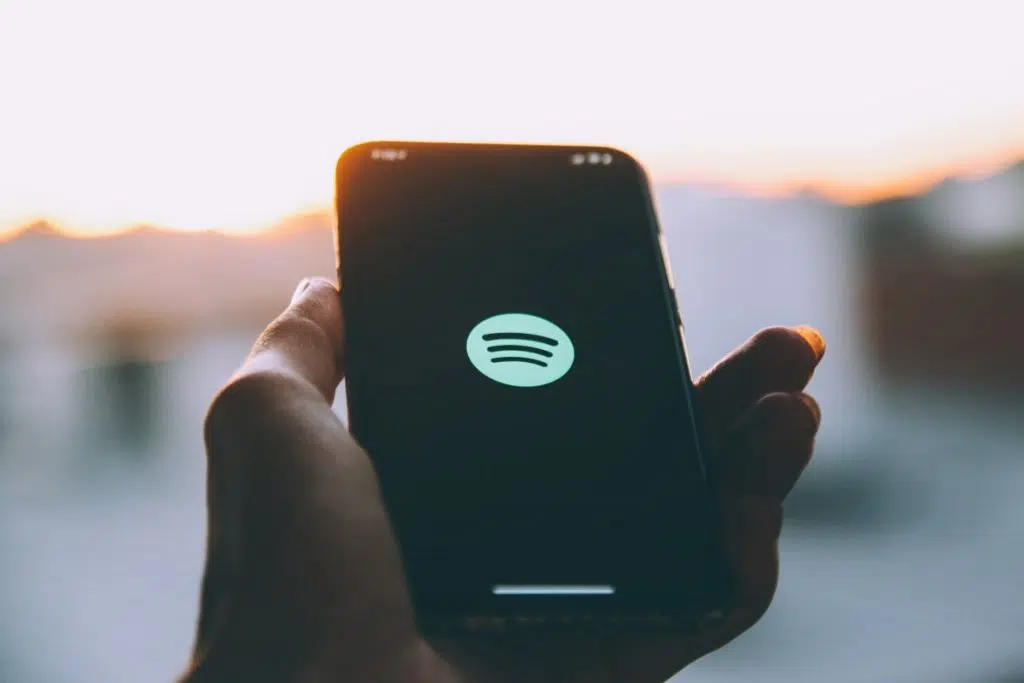
Sweden’s near-universal connectivity isn’t just about staying up-to-date with the latest trends on social media or binge-watching Nordic noir series; it’s a reflection of our society’s deep integration with the digital world.
From remote villages in the North to the bustling streets of Stockholm, the internet has become as essential to our daily lives as a hot cup of coffee on a cold winter morning.
The country’s internet penetration rate of about 95% is a result of a long-standing commitment to digital inclusion and infrastructure development, and has facilitated Swedish innovations in both the private and public sectors.
Source: Statistics Sweden, 2023
69% of Sweden is Covered in Trees
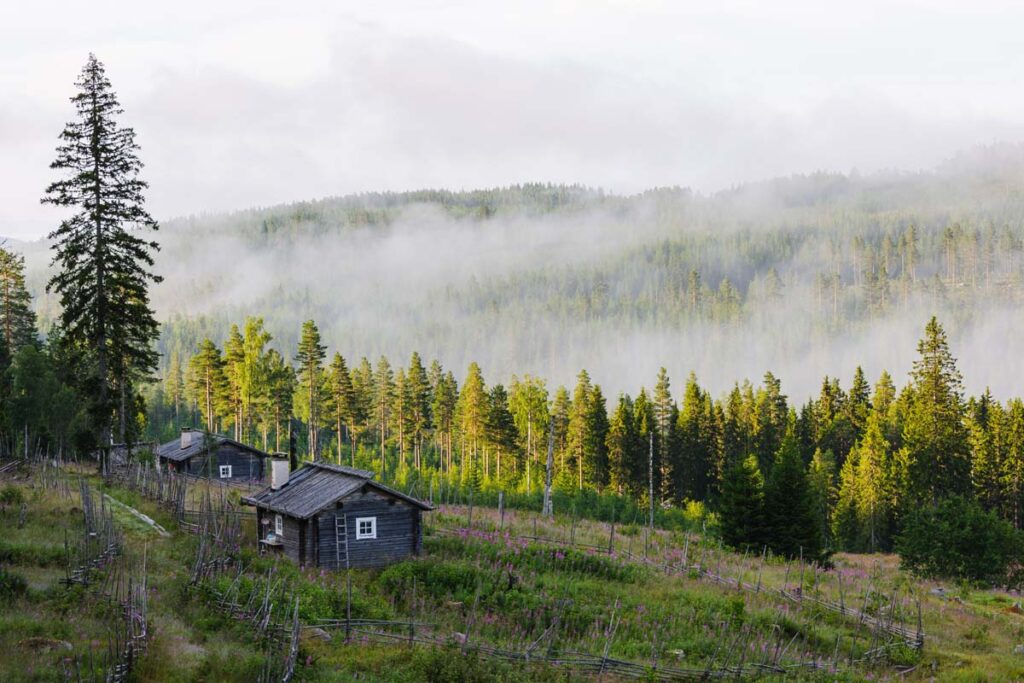
The Swedish forest isn’t just impressive with its many awesome animals and mythical aura, it also covers about 69% of the country!
And it isn’t just a source of natural beauty but also plays a critical role in the economy and environment. These forests are a key resource for Sweden’s wood and paper industries and also serve as a vital carbon sink to combat global warming.
Moreover, the forest landscape is a cornerstone of Swedish outdoor life, offering opportunities for hiking, skiing, and wildlife observation.
Source: Swedish Forest Agency, 2021
98.4% of Swedish Household Waste is Recycled
In Sweden, we recycle like it’s a national sport. We’re so good at it that I’m pretty sure our trash cans are more organized than our closets.
And it shows in the data too, with around 98.4% of all household waste being recycled in some form, with the complete breakdown of Swedish waste treatment as follows (in 2022):
- Material recycling: 24.1%
- Recycling of construction material: 3.4%
- Biological treatment (includes food composting): 15%
- Energy recovery: 55.4%
- Landfill: 1.6%
This system includes converting waste into new materials or energy, reflecting the country’s commitment to a circular economy.
It should be noted that the “energy recovery” section usually means burning trash to create energy, which although it is recycling in a technical sense, still isn’t as green as the other options, and leaves plenty of room for improvement.
Source: Swedish Waste Management Association, 2022
Swedes Average 9.2 Library Visits Per Year

Libraries in Sweden are like our second homes, and I’m speaking from experience as a dad of three young kids who absolutely love visiting the library. With an average of 9.2 visits per person per year, it’s clear we love our books almost as much as our meatballs.
So why is this? In my experience, Swedish libraries are more than just repositories of books; they are vibrant community centers offering a range of services and activities. In my family’s case, it’s usually an exciting excursion that includes playing, exploring, crafting, researching, and eating — on top of actually reading and borrowing books (which we also do of course).
Because it’s not just about reading; it’s about escaping to a world where dragons exist, and furniture assembles itself. The smell of old books, the sound of turning pages – it’s our version of a mindfulness retreat.
Source: Kungliga Biblioteket (Royal Library of Sweden), 2019
Women Hold Nearly 47% of Swedish Parliamentary Seats

Sweden’s political landscape is marked by a strong representation of women, with nearly 47% of the members in the Swedish parliament being female (including the first female prime minister in Sweden, Magdalena Andersson, pictured above).
This high level of female participation in politics is a result of decades of gender equality initiatives and societal attitudes that encourage women’s involvement in not just political leadership, but leadership in general.
I’d like to believe that this representation has led to more gender-sensitive policymaking, and is a step towards achieving true gender parity in governance.
Source: Swedish Parliament, 2021
Swedes File the 2nd Most Patents in the World (Per Million Inhabitants)
From life-saving medical devices to game-changing tech gadgets, Swedes are on a quest to make the world a better, or at least a more convenient, place.
Sweden’s innovative spirit is evident in its high rate of patents filed per capita, with 488 patents filed per million inhabitants, ranking Sweden second in the world (behind Switzerland).
Our inventiveness might once again be due to those long winter nights, or perhaps it’s just too much coffee. Either way, if there’s a problem, rest assured, a Swede is somewhere, sketching a solution on a napkin.
Source: European Patent Office, 2023
1 in 10 Swedes is a Vegetarian or Vegan

Sweden used to be a pretty sad place to live in the winter if you were on the lookout for some nice veggies, and the go-to solution for this was to pickle, and then pickle some more. Nowadays though, we get most of our fruits and vegetables in the colder half of the year from southern European and Northern African countries, which means it’s not that sad anymore.
And with 10% of Swedes embracing plant-based diets, it’s safe to say vegetables are growing in popularity. Gone are the days when dinner meant just meat and potatoes with some pickled or fermented veggies in a jar (though I admit this is still my preferred diet!).
This increasing trend of vegetarianism and veganism in Sweden mirrors a global shift towards plant-based diets, a change driven by a combination of health, environmental, and ethical considerations.
And Swedish cuisine has adapted to this trend too, with a growing number of restaurants and supermarkets putting their main focus on vegetarian and vegan options, making plant-based diets more accessible and mainstream.
Source: Animal Rights Sweden, 2021
Sweden Ranks 5th in Corruption Perceptions Globally
According to Transparency International, Swedes in general seem to perceive the country as having very low levels of corruption, with the country ranking 5th globally in the Corruption Perceptions Index (where a higher rank means lower perceived corruption), and I too share this perception.
A cornerstone in the lack of perceived corruption is very likely how transparency is baked in as a given in Swedish governance and bureaucracy. You expect everything related to city and country government to be transparent and readily available for anyone — everything from salaries to transcripts.
And this level of transparency even reaches individual Swedish citizens, whose personal information is part of the public record as well. So if you feel so inclined, you can look up a person’s full name, address, and phone number — even what they really make per year, or what companies they own if you jump through some bureaucratic hoops.
Source: Transparency International, 2022
Sweden is the Home of the World’s First Ice Hotel
The construction of the world’s first ice hotel in Jukkasjärvi in 1989 is a testament to Sweden turning a generally negative thing (dark and ice-cold winters) into a positive.
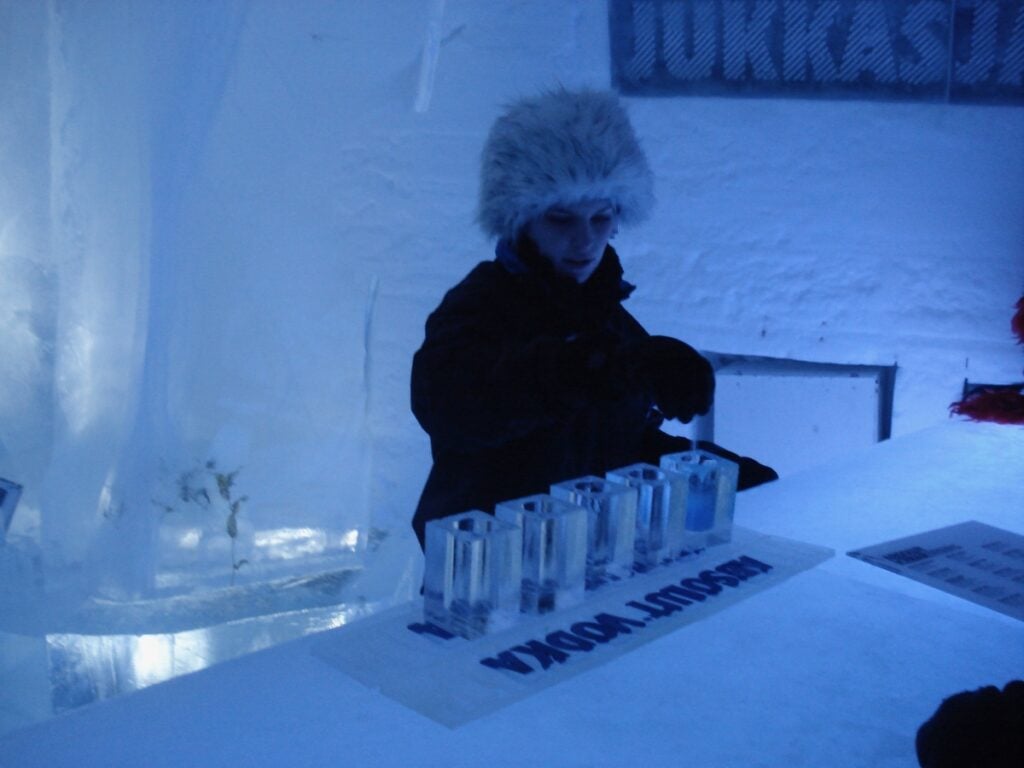
The Ice Hotel is one of the most popular — and definitely among the most unique — tourist destinations in Sweden, and one I can highly recommend (I went there in 2008 and it seems to have only gotten better since).
Here’s the “Mush-room” that I slept in:

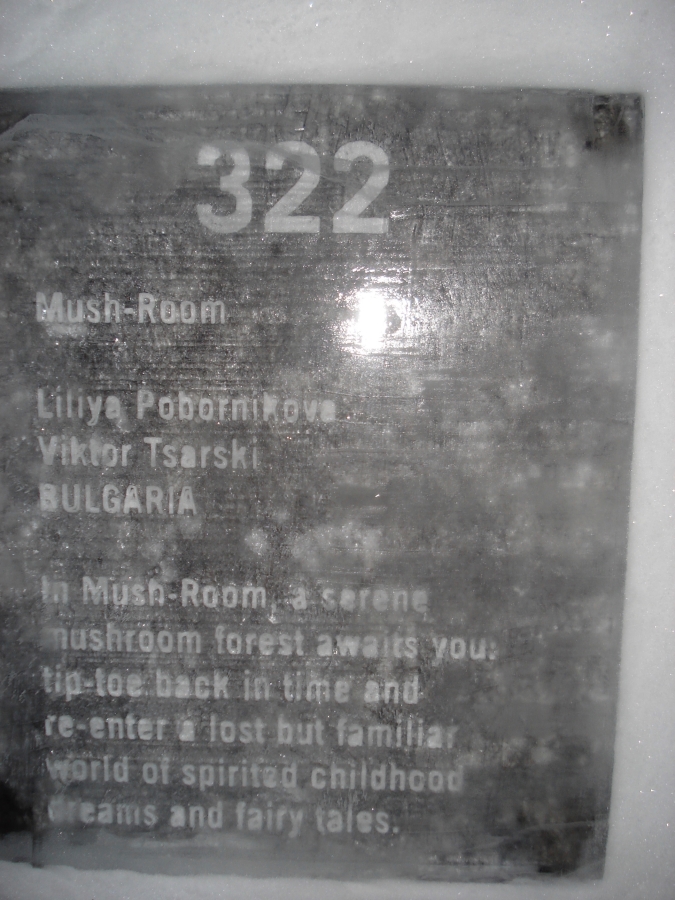
It’s a hotel that’s made from scratch every year entirely of ice and snow, where you can sleep in rooms and beds entirely made of ice.
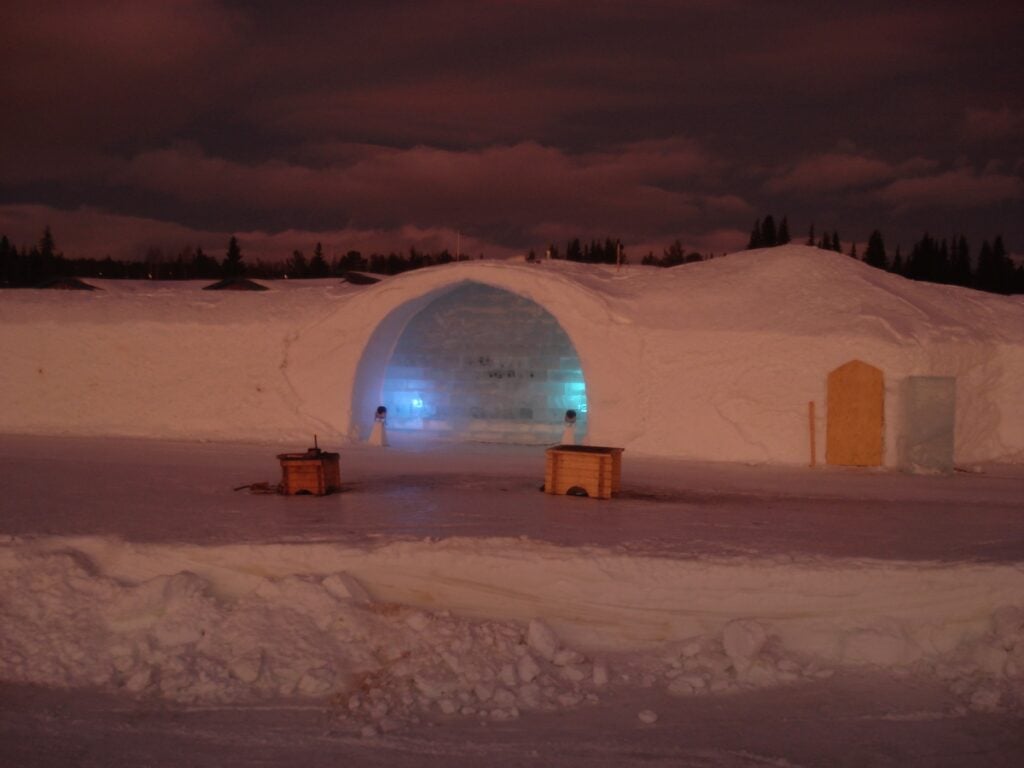
And you probably guessed it; due to the nature of this hotel, it’s only open from December to April.
Source: Icehotel Sweden, 2023
Swedish Children Turn into Witches for Treats For Easter
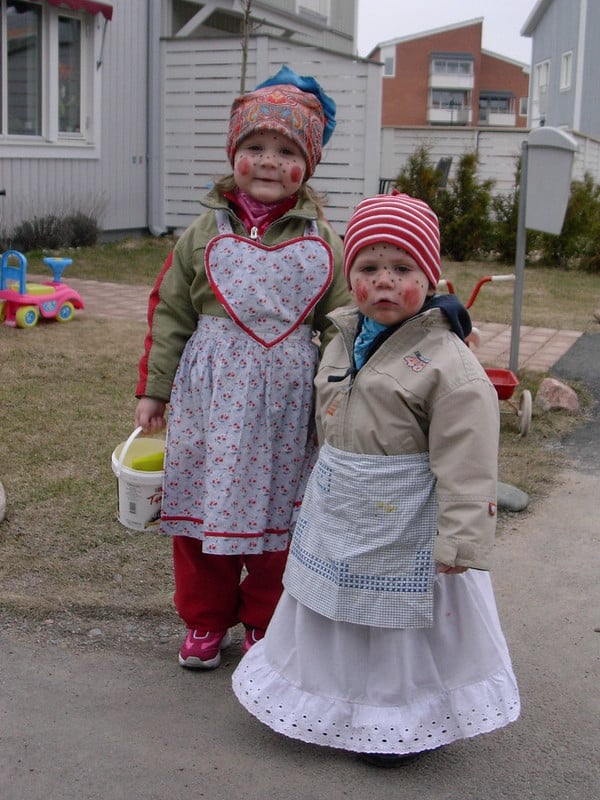
Yes, you read that right. That’s Easter, not Halloween. The Swedish tradition of children dressing up as påskkärring (“easter women/witch”) and påskgubbe (“easter man”) and going trick-or-treating during Easter goes back to at least the 17th century. It’s still going strong today, although it has become less and less popular lately, at the same time as trick-or-treating on Halloween has gained in popularity (Americanization is definitely a thing!).
The tradition does look a lot like American Halloween, and involves children dressing up in colorful attire, often with painted faces and broomsticks, as they visit neighbors for treats. This custom is a blend of historical folklore and modern-day fun, and definitely adds a distinctive flavor to the Swedish Easter celebrations.
Source: Swedish Institute, 2020
Swedish Fathers Take 25% of Parental Leave
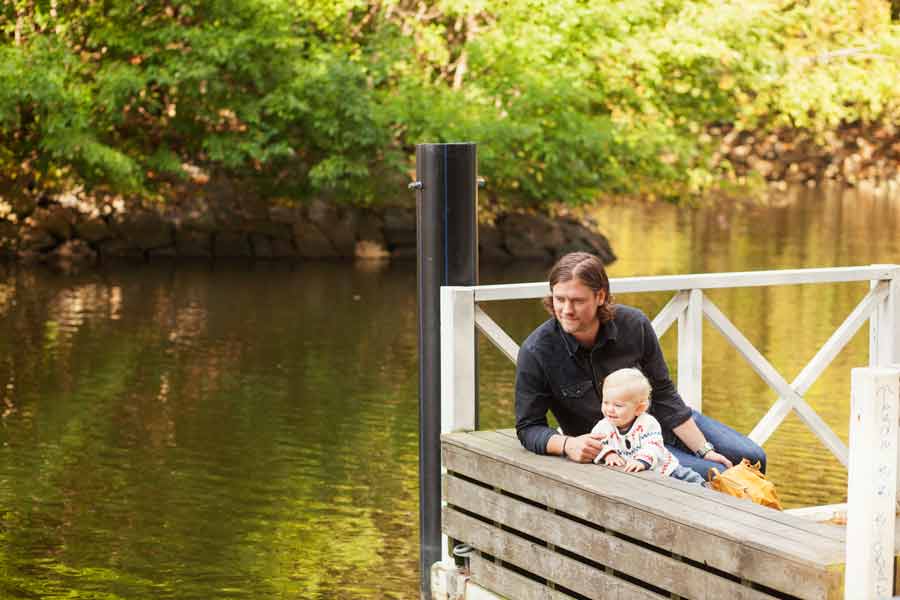
Before I lived in the US I didn’t think twice about seeing stay-at-home dads with their babies roaming around the streets of Sweden — splitting parental care between the two parents when you could seemed like a no-brainer. But I learned that this is definitely not the norm stateside, which is why I’m including it on this list.
I stayed home for several months with all three of my sons during their first year, and not just because I wanted to bond with the little ones; it’s about sharing the load and giving their mother a chance to get back to work and life in general.
And this isn’t just progressive; it’s practical. It means the father also gets to experience the joys and challenges of early parenthood firsthand. And by ‘joys,’ I mean being peed on, yelled at, and finding out your true limits when it comes to sleep deprivation and coffee intake.
Source: Swedish Social Insurance Agency, 2019
Sweden is the Home of 350 000-400 000 Moose

Sweden might not formally have a national animal, but the closest thing we have is no doubt the moose—also known as the elk—which is considered one of the most prominent national symbols of Sweden, and revered all over the country.
Moose population around the world
Source: Skogsforsk 2022
Sweden’s significant moose population — estimated at between 350 000 (Skogsforsk 2022) to 400 000 (Swedish University of Agricultural Sciences 2019) during the summer, making it the third biggest moose population in the world after Russia and Canada — is not only an integral part of the country’s wildlife and ecosystem but a beloved tourist symbol (especially for Germans, where the moose used to roam but is no longer).
Once you see one in person, you have no problem seeing why these majestic animals are known as the ‘kings of the forest’ in Sweden.
Source: Skogsforsk, 2022, Swedish University of Agricultural Sciences, 2019
Swedish ‘Beware of Moose’ Signs are a Hot Commodity
In Sweden, encountering a moose on the road is one of the worst things that can happen if you’re out driving — not only do they tend to run out into the road randomly, but almost all of the moose’s body mass is also positioned at the exact same height as your car’s windshield.
In other words, if you hit a moose, all 700 kilograms (around 1500 pounds) of it would come flying through the windshield, which spells trouble for you to say the least.
So naturally, we put up signs like the one below all over Sweden, which are usually displayed in areas where moose sightings are common, so that drivers can take extra care in order to avoid a sudden and often deadly collision.
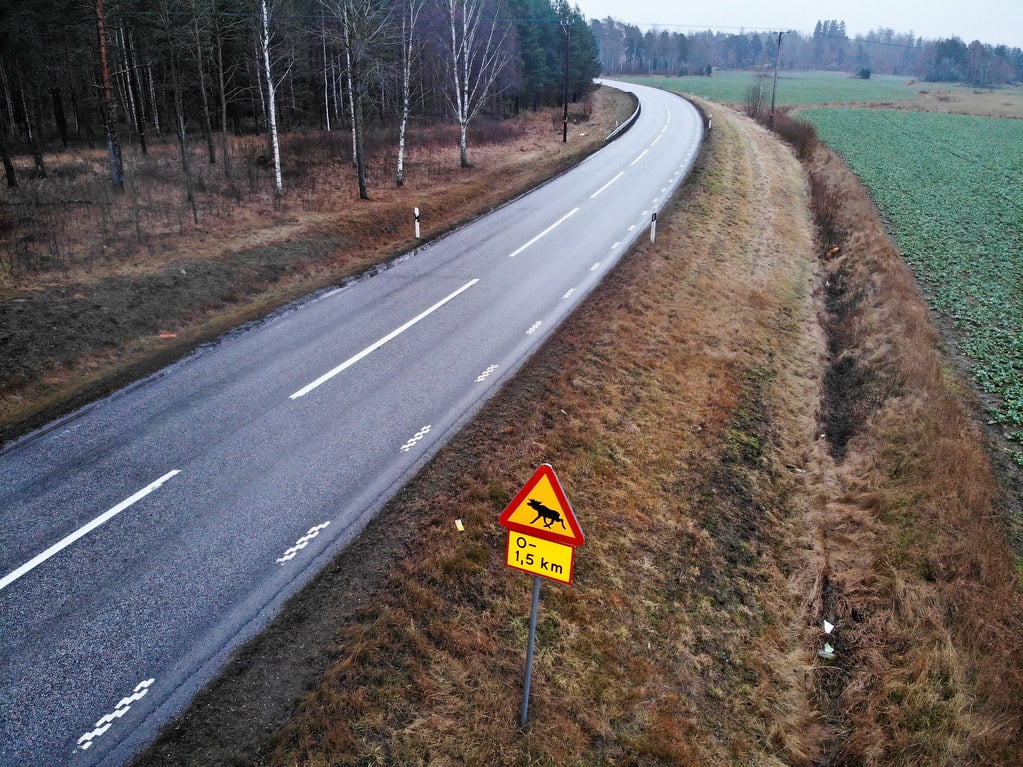
The signs might seem pretty standard but have turned into a hot commodity as they are seen as iconic for the region and fairly unique in Europe.
This might explain why (especially German) tourists have often tried to steal them historically speaking, or at least buy replicas in tourist shops (which is by far the more common way to acquire them I should add).
Source: Transportstyrelsen, 2023
Swedes’ Right to Coffee Breaks Is Protected By Law

The Swedish tradition of ‘fika’, a coffee break often accompanied by pastries and a casual conversation, is more than a mere pause in the workday – it’s a protected right in Swedish workplaces.
For example, most workplaces in the country — from construction sites to offices — stop working and start gulping around 9 am. This practice runs through all levels of society, and underscores the focus and belief in the importance of work-life balance in Swedish culture.
‘Fika’ is a social institution here, fostering camaraderie and collaboration among colleagues.
Source: Swedish Work Environment Authority, 2021
60% of Swedish Households Have Fiber-Optic Internet
A whopping 60% of Swedish households are connected with fiber-optic internet. This should come as no surprise if you’ve ever played online games, an area Swedes often excel and have numbers in.
There’s no denying the fact that we are a bit isolated up here in the cold and dark north, so one could say fast internet is our way of keeping up with the world.
To sum it up Swedes like to stay connected, informed, and, of course, ready for a good Nordic Noir binge on the TV whenever the weather turns too Swedish (i.e., cold and dark).
Source: Swedish Post and Telecom Authority, 2022
Midsummer is the Biggest Swedish Holiday and is Celebrated Hard
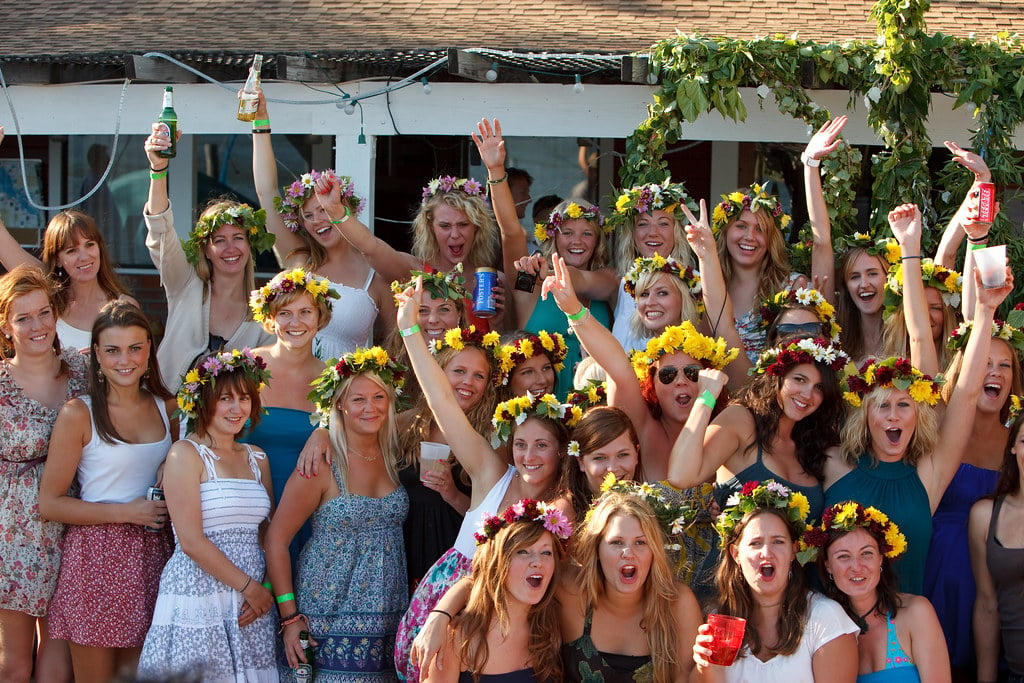
Midsummer (a.k.a. the summer solstice) in Sweden is quite the spectacle, and something Swedes of all ages take very seriously. When the longest day of the year comes knocking, you’ll see Swedes all over the country dance around maypoles, wearing flower crowns, and singing songs that are as old as the hills.
It is typically celebrated around June 20–26 and is arguably considered the most important holiday in Sweden.
The standard celebration is usually a mix of old traditions and modern twists, and generally includes the making and wearing of flower crowns, several types of pickled herring, even more rounds of Aquavit shots (each one accompanied by very loud drinking songs sung by everyone), and a few rounds around the maypole while singing silly and summery songs.
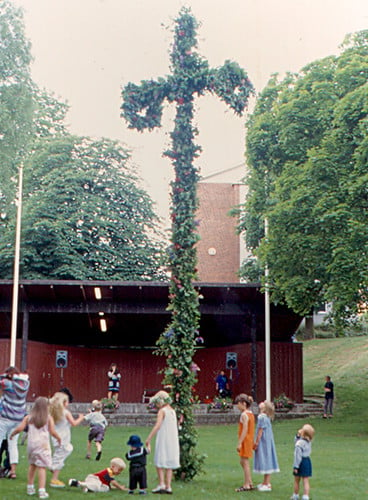
I realize it all might sound a bit odd, but it’s a beloved tradition that marks the arrival of summer and the most sunshine we’ll see all year, in a land where winters are both exceptionally long and dark.
In other words, it’s a time when all of Sweden takes time off work and lets loose while enjoying the company of friends and family under the never-setting sun — not the least because the dark and icy winter is always around the corner.
Source: Swedish Institute, 2023
Swedish Kids Have Mandatory Coding in School

It might not come as a surprise to you that the country of Minecraft, The Pirate Bay, Spotify, and Skype (remember that relic?) teach programming to all kids and not just the nerd.
I mean it’s still a bit nerdy, sure, but the digital world is getting larger, more interconnected and definitely here to stay — so it makes sense to prepare our children to build in it as well as the physical world.
Source: Swedish National Agency for Education, 2022
Swedes are Losing Faith in Religion at an Increasing Rate
Church membership is declining in Sweden, which might be surprising given how interwoven some of our most defining national characteristics and our protestant history are. Even more so when you consider that most of the holidays in Sweden seem to have a Christian connection.
But religion does not play much of a role in Swedish politics, or even in media as a whole these days, which is a breath of fresh air for many who are coming from a climate that is more polarized and puts a stronger focus on religious beliefs instead of scientific studies when new policies are created.
In fact, only 18% of Swedes claim to believe in a God, compared to 37% of Brits and 88% of Americans (according to recent Gallup polls). And according to a Gothenburg University study from 2022, 66% of Swedes say they “Do not believe in any God”, so the trend seems pretty clear.
Source: Gothenburg University 2022, Church of Sweden, 2023
52% of Swedish Households are Single-Person
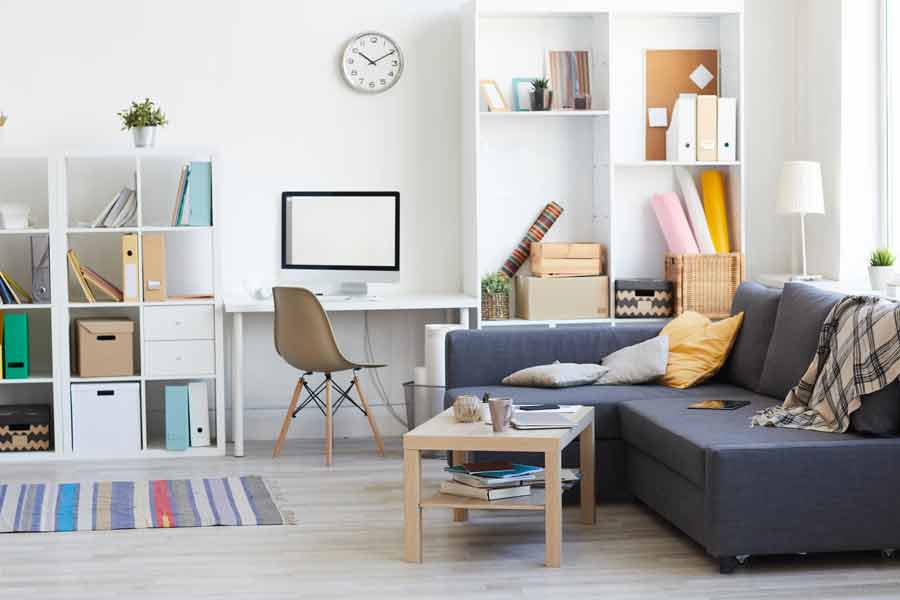
A few weeks after I graduated from High School at 18 years of age, I had started earning some money and moved into my own small and janky apartment.
I couldn’t wait to get something of my own, and it seems this is something Swedes in general value, with over half of our households consisting of just one person.
Source: Statistics Sweden, 2022
The Swedish Allemansrätt Means You Can Hike and Camp Almost Anywhere Legally
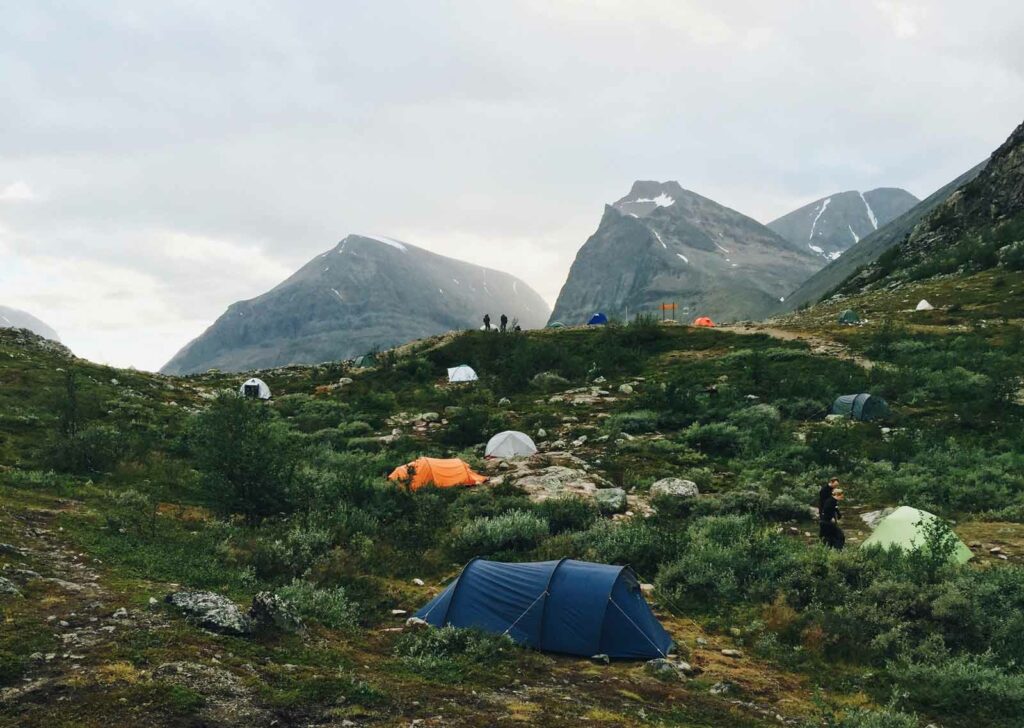
Specifically, one can move freely through and stay for the night on all non-military property that’s not fenced in, or is not a farm or someone’s personal garden.
The one stipulation is that you need to leave the area you move through in the same condition as it was in when you arrived (so you need to pick up any trash you produce and can’t chop down trees for firewood).
Source: Visit Sweden, 2023
Swedes Can Pick Wild Fruits & Mushrooms Freely
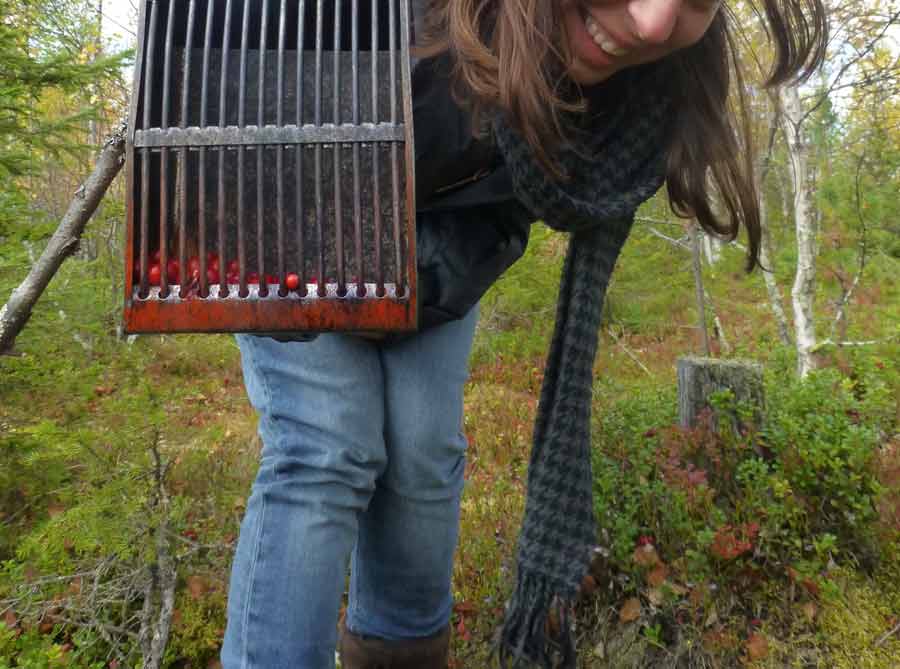

The right to roam also gives you the right to forage, which means you can pick wild fruits, berries, and mushrooms pretty much wherever you like. It’s a freedom Swedes young and old cherish, and it connects us to our roots – quite literally. It’s a simple pleasure, a bit like enjoying a good cup of coffee, but with more walking involved.
Foraging is a way to get back to nature, enjoy the outdoors, and come home with a tasty reward. It’s a bit of a national pastime and a reminder of the joys of living in a country with such vast and accessible natural beauty.
Source: Swedish Environmental Protection Agency, 2023
All Swedes Get at Least 5 Weeks of Paid Vacation a Year
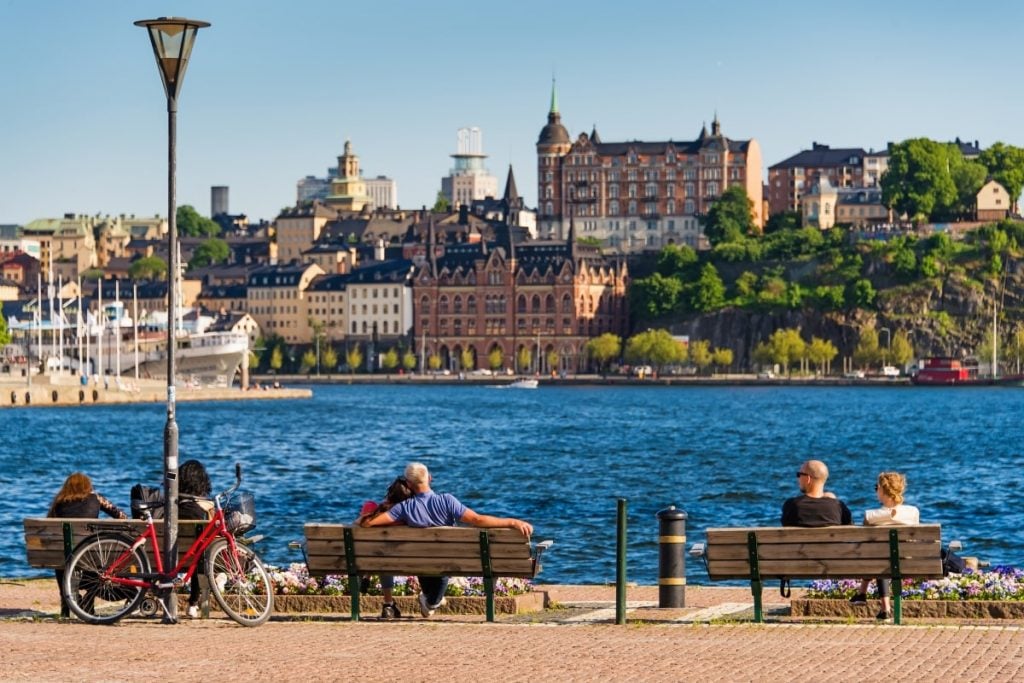
Lovers of work-life balance might know this one already, and yes it even covers full-time students: all Swedish employees are entitled to at least 5 weeks of paid vacation per year, a benefit guaranteed by law in Sweden.
This means that regardless of the size of the company or the employee’s position, they are entitled to take five weeks off with pay. The five weeks of paid vacation are separate from public holidays and can be taken at the employee’s discretion, as long as they have given their employer adequate notice.
This generous benefit goes hand in hand with Sweden’s commitment to promoting a healthy work-life balance for its population, which also includes the idea of a “flexible” workweek, where employees can adjust their hours to fit their personal needs.
The five weeks of paid vacation also give Swedish workers not just the opportunity but the right to travel, spend time with their families, and recharge their batteries.
In addition to the paid vacation, Swedish employees also receive other benefits, including sick leave and parental leave, which are designed to support their overall well-being. The Swedish government believes that offering such benefits helps to reduce stress, increase job satisfaction, and improve productivity in the long run.
Roughly 20% of Sweden’s Police Stations Close in Summers Since Everyone is on Vacation

As everyone gets 5 weeks off every year (see above), this one should come as no surprise: during the summer months, roughly 20% of the country’s police stations close down.
Because — as you might have guessed, everyone, including police officers, is on vacation.
This results in a temporary reduction in the number of active police stations, but it is not generally seen as a problem. In fact, even crime rates in Sweden tend to decrease during the summer months, and the police force is able to reallocate resources to ensure that public safety is still maintained.
The closed police stations are typically those located in less populated areas, and their services are temporarily relocated to nearby stations.
Products Bought in Sweden Have at least 1 Year Warranty
In Sweden, any product you purchase is under automatic warranty for at least 1 year. This consumer protection law is designed to ensure that consumers receive high-quality products and can receive repairs or replacements if necessary.
The 1-year warranty applies to all products, regardless of the price or brand, and provides consumers with peace of mind knowing that they are protected against any manufacturing defects or other issues that may arise.
The warranty is in place to ensure that consumers receive value for their money and that they can rely on their purchases to last for a reasonable period of time. This consumer protection policy reflects Sweden’s commitment to promoting fair trade and ensuring that consumers are treated fairly in the marketplace. By providing a minimum 1-year warranty on all products, Sweden is taking steps to protect consumers and promote confidence in the products they purchase.
The retailer must exchange it if it fails during that time (including clothes, shoes, etc.)
Tax Season is Ridiculously Easy for Swedes
Imagine this: When it’s time to do your taxes, you get a pre-filled tax form sent to you via SMS, you go online and log in with your digital ID (called BankID in Sweden) and if the tax form looks good, you simply click okay to declare your taxes for the year.
That’s literally it. This is how easy it is to do taxes in Sweden, without a single drop of exaggeration.
No having to pay a company to access their cumbersome online tax service. No plowing through countless pages on said service, only to get kicked out two or three times without your progress being saved. No need to calculate your own earnings and taxes for the year by sifting through all your paystubs.
None of that. Just log in, click OK, and it’s done.
Taxes are Generally 50-70% of Your Income in Sweden
So while it might be extremely easy to declare your taxes, you do have to pay a lot of them in Sweden. Although to make it a less bitter pill to swallow, this is all done automatically and without the need for you to lift a finger in order to pay any taxes whatsoever.
Your income taxes are paid by your employer before they pay your salary, and Value Added Tax (VAT, or Moms as it’s called in Sweden) is collected automatically when you purchase goods and services (and then declared by the company who sold you said goods and services).
And of course it should be noted that the country’s high tax rate enables the government to provide its citizens with a wide range of social services and benefits, including free healthcare and education.
Additionally, the Swedish tax system is highly progressive, meaning that those with higher incomes pay a larger percentage of their earnings in taxes, with the lower brackets only paying around 30% in income taxes, which is comparable to what it was in the US when I worked there (and still is according to the IRS as per January 2023).
The goal here is to ensure that everyone contributes fairly to the country’s social and economic development, while also providing financial security to those in need; which is to say, the Swedish welfare state in a nutshell.
Companies Must Lay Off Employees in First-in-last-out Order When Downsizing

When a Swedish company needs to reduce its number of employees, it must generally lay off those who were hired first and retain those who were hired last. The purpose of this policy is to protect employees who have been with the company for a longer period of time and have a more established connection to their work.
It also provides some much-needed stability for employees in general, and removes the worry many employees in places like the US feel on a daily basis, as they know that they will be laid off only if someone who was hired after them is kept on.
Though it’s important to add that there are some conditions that need to be met first, which depend on factors such as the type of work task performed and the employee’s ability to perform said task. In other words, if a newer employee is much more qualified for a certain job, they may get to stay in special circumstances in the case of downsizing.
https://www.unionen.se/rad-och-stod/regler-turordning-vid-uppsagning
You Can Take Sick Leave During Your Vacation if You Are Ill

For most Swedes, the yearly 5 weeks of paid vacation is one of the holiest pillars upon which society is built. So much so that if a Swede becomes sick while on vacation, they can use their sick leave days instead of wasting away PTO while they’re stuck in bed with the flu.
In other words, Swedes are guaranteed to receive the full benefit of their earned time off, even if they happen to fall ill during it.
The Stockholm Sun Rises at 3:30 am in the Summer
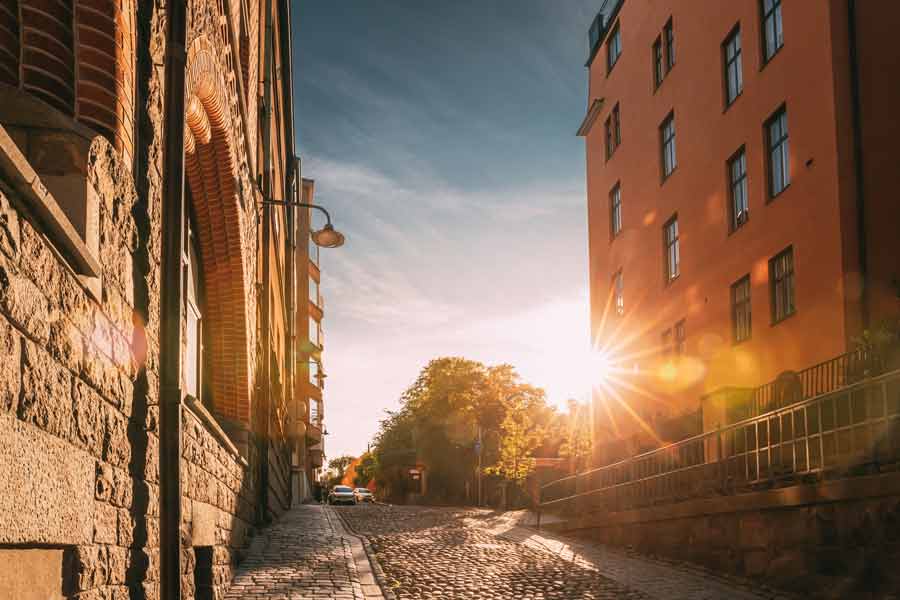
Because of its proximity to the polar circle, inhabitants of the Swedish capital are used to extremely early sunrises in the summer, as well as long and warm summer evenings that seem to never end (with the sun setting around 10pm).
This phenomenon is a result of the tilt of the Earth’s axis and its position relative to the sun. The summer solstice in June, also known as midsummer, sees the sun rising at its earliest, while in December, during the winter solstice, the sun rises at its latest.
The long hours of daylight during the summer are a much-appreciated phenomenon for tourists and locals alike, providing ample time for outdoor activities such as barbecuing and playing football with friends and enjoying of the city’s natural beauty in general.
And naturally the further up north you get in the country, the longer the summer days get — with any place north of the polar circle enjoying (?) 24 hours of sunlight around midsummer.
The Stockholm Sun Sets at 3:30 pm in the Winter
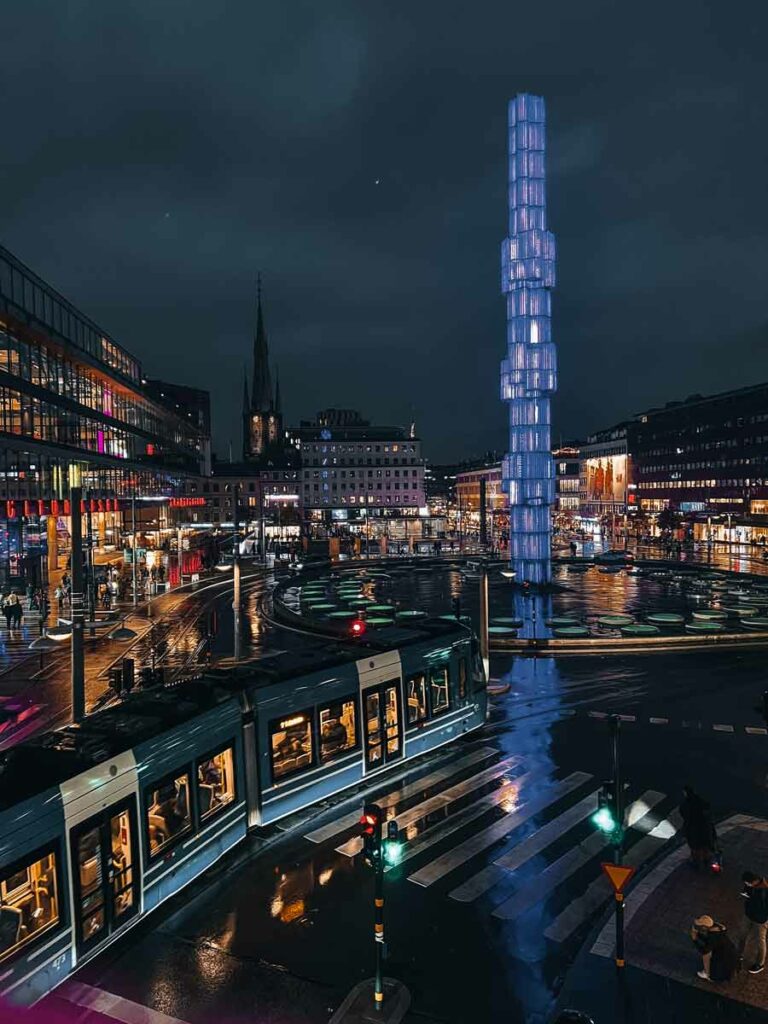
While the people of Stockholm get to enjoy long summer days, the winter days can feel brutally short — because they really are!
With the sun rising around 8:45 am and setting around 3:30 pm, most weekdays you won’t even see daylight other than through your workplace windows if you’re working a regular 9-5 job. If you’re lucky you get to enjoy a lunch break out in the freezing cold while desperately looking for the sun in the grey and gloomy sky.
Swedish Christmas is Celebrated on Dec 24th
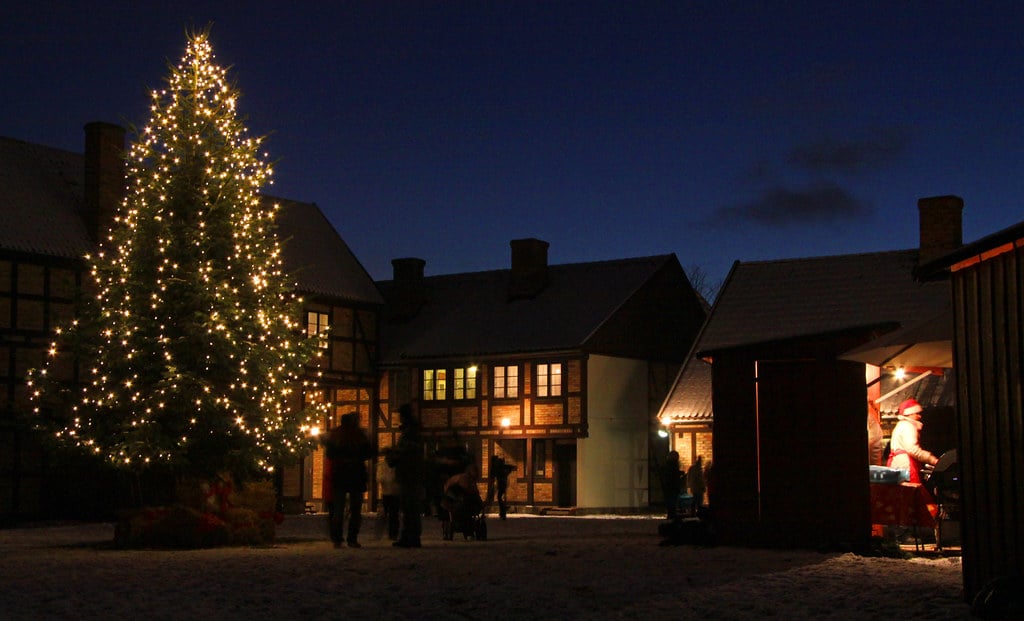
In my family, and most Swedish families in general, Christmas eve goes a little something like this every year: A male family member always goes out to buy a newspaper around 4 pm, after the whole family has watched Donald Duck’s Christmas Special (!) together. Don’t ask me why Swedes watch Disney on Christmas, I have no idea.
While the said family member is gone, Santa himself happens to arrive (in person) to deliver some presents, take a few shots of Aquavit, and hug the kids after handing out each present.
Santa does of course have a lot of kids to deliver presents to, so it’s usually a pretty short affair, after which the rest of the presents under the tree are handed out to everyone in the family. When all the presents have found their recipient, a frenzy of present-opening ensues, which according to my American better half is “extremely chaotic and confusing”.
After the gift-opening chaos, everyone is (usually) in a state of bliss as they proudly show off their newly received presents, and thank everyone individually for any presents they may have given them.
This is usually the moment when the smallest kids forget the world around them for a few hours and just go to town on all of their presents. But in order to make sure that nothing disappears or gets destroyed in the chaos, most toys and similar are not opened fully on the spot, but rather when you wake up on Christmas Day.
Swedish University Students Must Pay Student Union Fees, But Not Tuition
The Student Union Membership fee covers a variety of services and benefits, including representation in university decision-making, student housing assistance, and cultural (i.e. initiation, or borderline hazing) and sporting events.
The student union also provides students with health and dental care services. The lack of tuition fees in Sweden is part of the country’s commitment to providing accessible education to all students no matter their socioeconomic class. However, there may be fees associated with certain programs or courses, such as laboratory fees or materials fees.
All Swedish Students Get a Study Grant and Have Access to Near 0% Interest Student Loans

While the tuition is free, the cost of attending university in Sweden can still be significant with living expenses such as housing, food, and transportation.
Luckily, Swedish students get a monthly student grant from the government, and may additionally take out an extremely low-interest loan if necessary (my student loan has for example had a 0.3 % interest for the last 10 years).
American Textbooks Are Cheaper in Sweden Than in the US

It should come as no surprise to anyone who has studied in the US that the books required for university classes are ridiculously overpriced.
In fact, a lot of courses and programs in Swedish universities use US literature as part of the curriculum, and the books are available for a fraction of the price they sell for in the US.
Swedish Parents Get 13 Months of Paid Parental Leave (Minimum 1 month for the Dad)
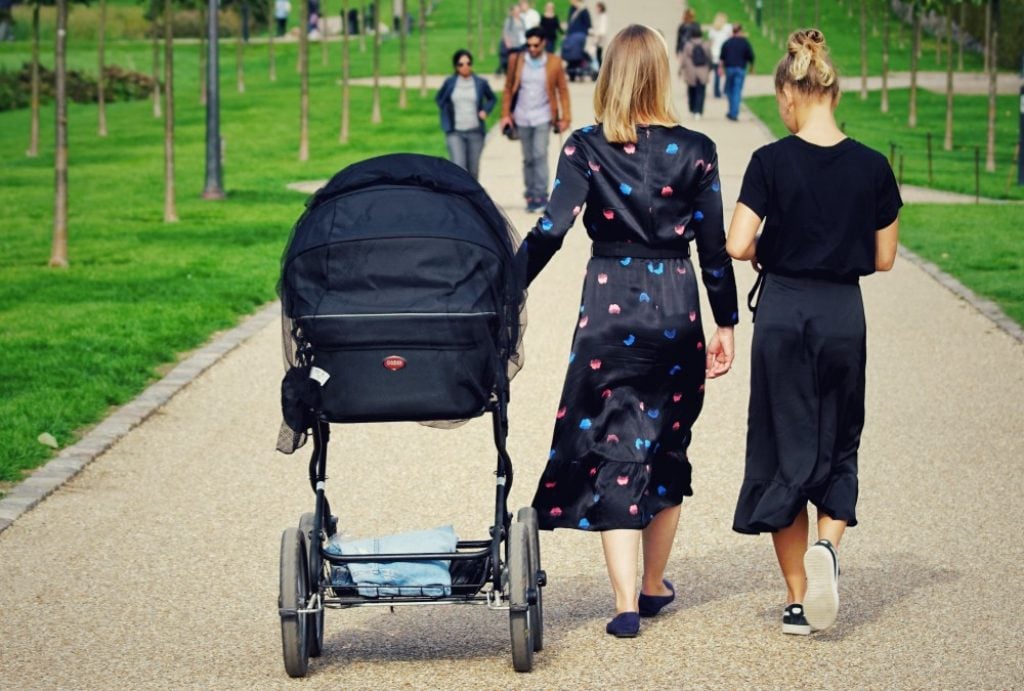
It’s not just a right to take time off for vacays — Swedish parents are also entitled to 13 months of paid parental leave by the government, a benefit that allows us to take time off from work to care for our newborns.
Both parents are eligible for the leave, and the government provides a significant portion of the salary for the entire 13-month period. Additionally, fathers in Sweden are required to take at least one month of the parental leave, which is meant to promote gender equality in the workplace and break down traditional gender roles.
But this isn’t just about gender equality after all — this policy has been shown to increase the involvement of fathers in child-rearing and to improve overall family dynamics.
There have even been recent political discussions about extending parental leave to 15 months, which would then require the father and mother to each take 5 and split the last 5 as they feel appropriate.
Source: Eurostat, 2021
Parental Leave for Swedes Can Be Used to Take Off Time for Parenting Classes
As you should expect by now, Sweden takes it one step further than most other countries, and so too for parental leave — as Swedish parents can not only take time off for a newborn child, but also get parental leave to attend parenting classes before the child is even born.
This is a fairly unique aspect of Sweden’s generous paid parental leave policy which undoubtedly prepares parents for the challenges of parenthood as much as possible (after all, no new parent is really prepared for what will come next!).
Expectant parents can take time off from work to attend classes that cover a wide range of topics, including childbirth, breastfeeding, and baby care. These classes are designed to provide parents with the knowledge and skills they need to feel confident and prepared for the arrival of their new child.
Parents Can Save Their Parental Leave for Up To 5 Years

Let’s keep going on the subject of parental leave — did you know that Swedish parents have the option to save their parental leave for up to 5 years after the birth or adoption of their child?
This means that if a parent does not use all of their allotted 13 months of paid leave within the first few years of the child’s life, they can save the unused days for later use. I’ve personally used this benefit loads of times with my three boys, allowing for some fatherly quality time later in life as well as in the first few months.
Ultimately, it allows Swedish parents to use our leave in a way that best suits families’ individual needs and circumstances. For example, a parent may choose to take a longer break from work when the child starts school, or they may opt to use their saved leave to care for an older child during a school break.
Daycare Cost is Based on Your Family Income with a Maximum Ceiling (Currently 10% of the US Cost)
So many of our American and British friends struggle with this one in particular, as childcare costs have a tendency to soar in many parts of the world. In Sweden though, the cost of daycare is based on a family’s income, with a maximum ceiling in place to ensure that everyone has access to affordable care.
Currently, the maximum cost of daycare in Sweden is roughly one-tenth (10%) of the cost of daycare in the United States (!).
This means that, regardless of a family’s income, you will never have to pay more than a certain amount for daycare. This cost is covered by a combination of government subsidies and parental fees, and the goal is to provide high-quality care at an affordable price — for everyone.
Equal access to education and care for all children has been found to benefit society as a whole, and also provides parents of all socio-economic classes the opportunity to focus on their career (which can definitely be a struggle in the US, for example).
If You Have a New Child, Your Other Child(ren) Get a Month of Free Daycare
If you have a new child in Sweden, your other children are entitled to a month of free daycare. This generous policy is designed to support families during a time of transition and help to ensure that all children have access to the care and support they need. The free month of daycare is available for each child in the family and provides parents with some much-needed relief as they adjust to the arrival of a new family member.
This is so you can focus on the new child in first month of its life.
Sweden Has Only Two Road Accident Deaths per Million Inhabitants
Although it may seem unattainable, the official goal of the Swedish government is still to achieve zero traffic fatalities. To achieve this, they have implemented a range of initiatives aimed at improving road safety, including the aforementioned moose fences, comprehensive yearly car inspections, as well as challenging requirements to obtain a driver’s license, and strict enforcement of traffic laws.
The government also invests in public education campaigns to promote safe driving habits and encourage the use of protective gear, such as seat belts (which by the way were invented in Sweden by car manufacturer Volvo in 1959) and helmets.
The transportation department works closely with law enforcement, healthcare professionals, and other stakeholders to develop and implement new policies and technologies that can further reduce the number of traffic deaths.
As a reflection of this effort, the country has seen a steady decline of traffic fatalities over the years, with only 2.02 road accident fatalities per 1 000 000 inhabitants in 2021 according to OECD data. This makes Sweden the third safest country in the world to drive in, coming in just after Norway (1.48) and Lichtenstein (with 0 fatalities, but to be fair, it is a micro-state with very few cars in general).
https://data.oecd.org/transport/road-accidents.htm
The Swedish Government Shut Down All Nuclear Power in 90s for “Environmental” Reasons

In 1999, as a response to numerous accidents at nuclear power plants in the US and Japan, the Swedish government decided to dismantle all nuclear power plants in the country.
Though the intent may have been noble at the time, nuclear power has ended up being one of the greenest and most reliable sources of energy over time, and a safe one to boot.
The real result of this policy was that Sweden has been forced to import dirty coal-generated power from Poland to meet its needs from time to time, or as was the case during the 2022-2023 energy crisis pay extraordinarily high electricity prices due to a lack of stable energy sources.
In November 2023 the right-block government announced that Sweden would build new nuclear power plants once again, which follows months of debates on how to be able to handle a similar crisis in the future.
95% of Swedes Speak and Understand English Very Well
Though this is great news for English-speaking visitors, this also means learning to speak Swedish is frustrating because everyone in Sweden already speaks better English than you will ever speak Swedish.
So why is this? Well, we definitely enjoy our Swedish TV shows and literature, but we’re equally at home with English-language media – and it’s never dubbed, only subtitled (as opposed to many other European countries that insist on dubbing everything English). This is perhaps a testament to our curiosity about the world beyond our fjords and forests.
Our English proficiency is more than just a practical skill after all; it’s a cultural bridge. It allows Swedes to engage with a wide array of cultures and ideas around the world, enriching our own perspectives. So you could say that in Sweden, English is not just a second language; it’s a key that unlocks a world of opportunities and connections
Source: EF English Proficiency Index, 2023
St. Lucia is a Nationally Celebrated Saint in Secular Sweden
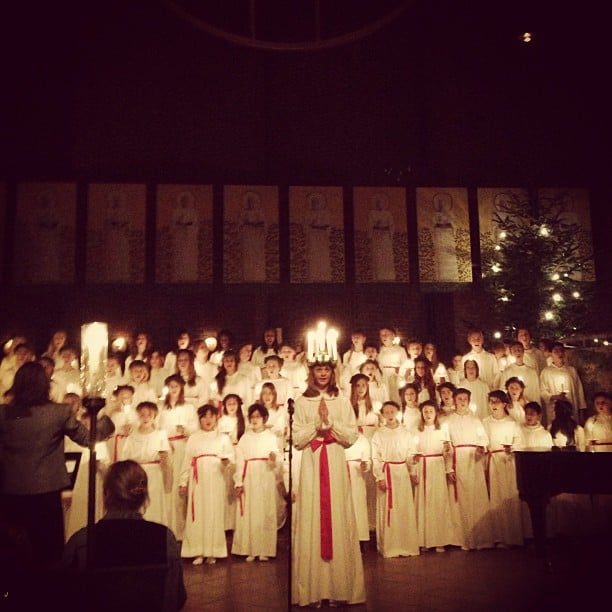
Every year on December 13th, every Swedish city, school, and preschool worth a damn organizes a “Lucia-train”, which essentially is a long march of dressed-up people singing moody holiday songs. What are they dressed up to you ask? Well, anything Christmasy really, ranging from Santas and ginger-bread men to “stalledräng” (stableman) and of course the Lucia.
We all even eat a special Lucia bun and drink mulled wine, and oh did I mention that this whole thing is usually televised as well? Yeah we’re pretty weird, I know.
So why do we do this? This is where it gets interesting! It turns out, she is actually a saint because she tore out her own eyes to avoid being seduced by a man — but that doesn’t stop little kids all over Sweden dressing up like her every winter!
Sources:
Statista Consumer Market Outlook 2020
International Federation of the Phonographic Industry (IFPI), 2023
Swedish Waste Management Association, 2022
Kungliga Biblioteket (Royal Library of Sweden), 2019
Transparency International, 2022
Swedish Social Insurance Agency, 2023
Swedish University of Agricultural Sciences, 2019
Swedish Work Environment Authority, 2021
Swedish National Agency for Education, 2022
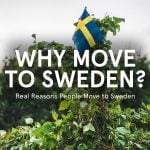 Why Move To Sweden? 26 Reasons From Actual Expats
Why Move To Sweden? 26 Reasons From Actual Expats Finnish vs. Swedish Sauna: 5 Differences According to Finns in Sweden
Finnish vs. Swedish Sauna: 5 Differences According to Finns in Sweden Nordic Coffee Culture Explained: From Fika to Kask
Nordic Coffee Culture Explained: From Fika to Kask Swedish Breakfast Habits: A Complete Guide
Swedish Breakfast Habits: A Complete Guide

